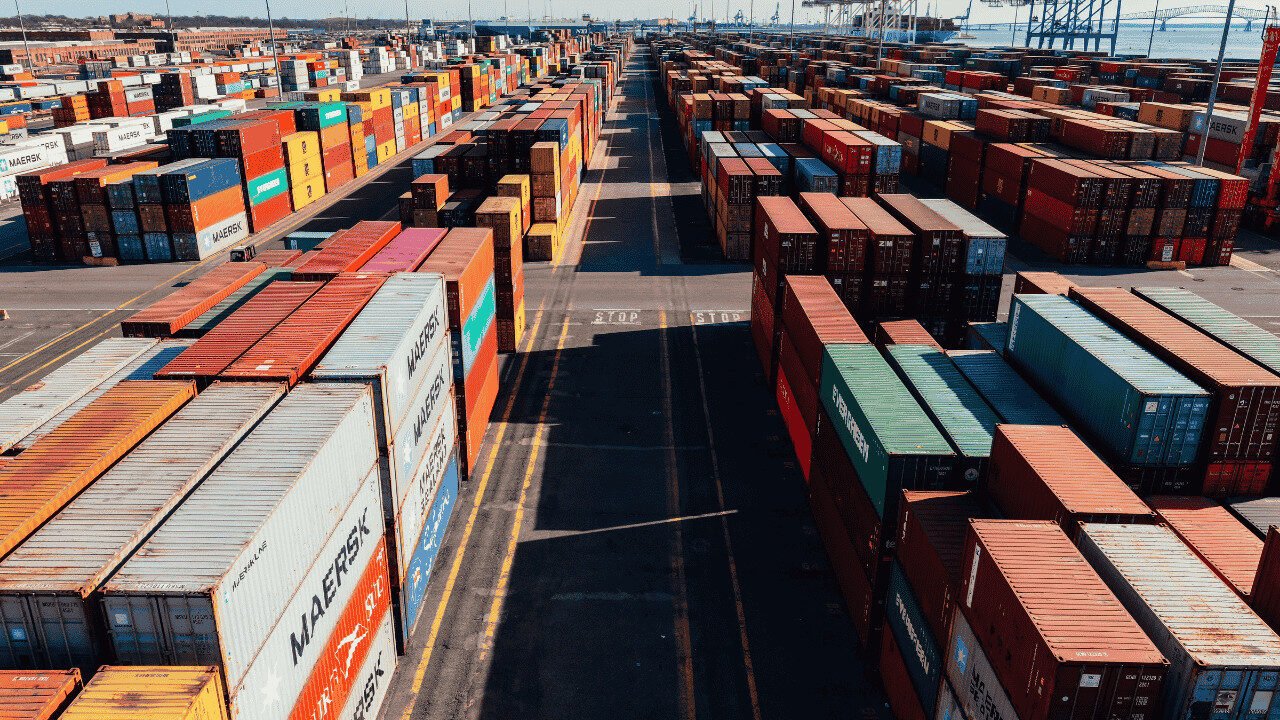The Ministry of Commerce has launched a major initiative to boost Pakistan’s non-textile exports, including transforming the Manufacturing and Mining Products (MMP) sector into a key driver of economic growth.
The targets of this strategy, discussed at a recent Executive Committee meeting of the National Export Development Board (NEDB), are ambitious: to raise MMP exports to $8 billion by 2030 and $20 billion by 2035.
Currently, Pakistan’s exports are largely dominated by textiles, which account for more than 56 percent of total exports, while the MMP sector contributes only 13 percent. Authorities say this imbalance makes the country vulnerable to global market fluctuations and reduces its long-term competitiveness.
Priority Industries
The roadmap highlights five priority sectors: pharmaceuticals, surgical instruments, sports goods, marble and granite, and engineering products, where Pakistan has a strong competitive advantage.
Plans include:
- Establishing certification and quality infrastructure.
- Launching National Pharma Vision 2030.
- Creating a pharmaceutical export promotion body to target $3 billion in exports over five years.
- Introducing tariff rationalization, productivity and technology upgrades, and export-focused incentives for foreign investment.
- Reducing energy and logistics costs, tackling delays in tax refunds, and addressing inefficiencies in DLTL payments.
Implementation and Oversight
The NEDB’s Executive Committee, chaired by the Minister for Commerce, is leading discussions to implement these reforms, drawing lessons from Vietnam, South Korea, and Turkey.
Officials stress that reaching these targets will need inter-ministerial coordination, private sector involvement, and political commitment.
The Ministry of Commerce will act as the NEDB secretariat, with the Prime Minister chairing the board. The committee will also review progress on previous decisions made in the August NEDB meeting.
Expert Insights
Analysts note that Pakistan has historically relied on import substitution and protection of domestic industries, which has led to low productivity and limited innovation.
An industry expert said, “If implemented fully, this strategy could finally break the $35 billion export ceiling and set Pakistan on a path toward diversified, innovation-driven growth.”
The Ministry of Commerce says the new reforms are meant not just to grow Pakistan’s economy but also to make it stronger and more resilient. These changes will help the country handle international challenges efficiently and become more connected to international trade networks.
Experts say this plan marks a new chapter for Pakistan’s non-textile industries, focusing on sustainable growth, increased competitiveness, and a more balanced export mix. If successful, the strategy could reduce reliance on textiles and give the country a more diverse and stable economy.
Author Profile






